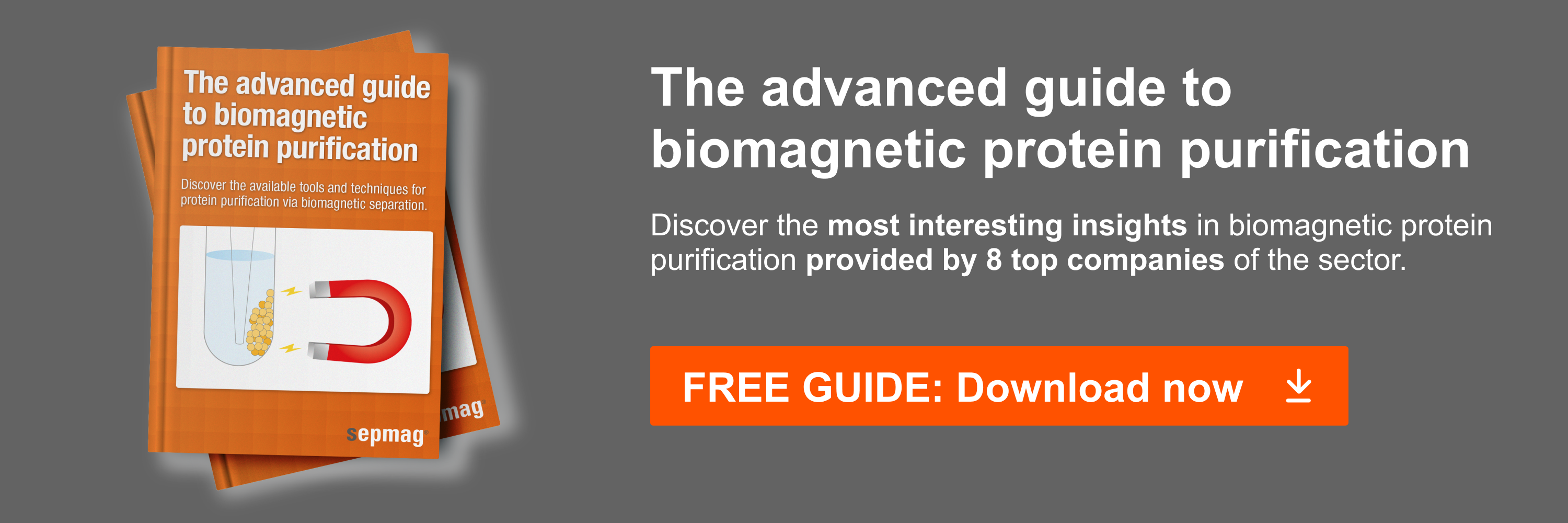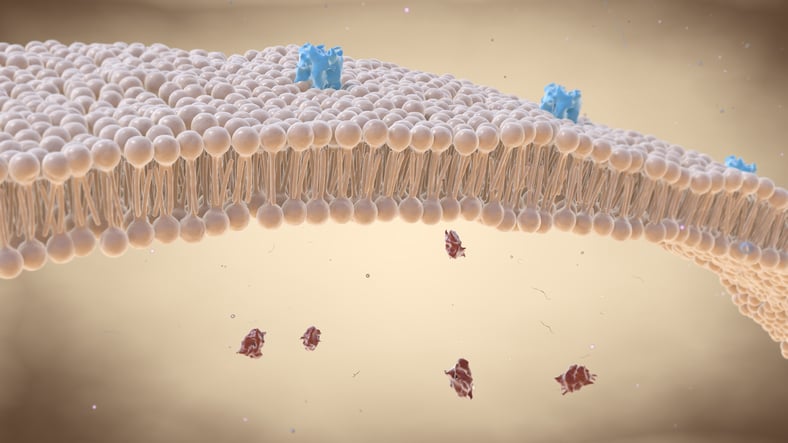Cell lysis is the act of breaking the cell membrane to enable the study of specific proteins, nucleic acids, and other molecules inside of cells. When cell lysis is successful, the undamaged contents of the cell escape through the damaged cell membrane. These contents are then separated out of the mixed sample and used for further study. The methods used for separation of the lysed cell contents are dependent on the goal of the study. Careful investigation of these inner workings can reveal disease patterns, improve our understanding of normal cellular function, and elucidate biochemical pathways and therapeutic targets. Protein isolation is different from nucleic acid separation, and the reagents used vary drastically. There are a few ways to lyse the cell membrane; these include mechanical disruption, liquid homogenization, freeze/thaw cycles, manual griding, and the use of detergents. Sonication cell lysis is an example of mechanical disruption used for releasing the contents of cells.
What is sonication and how it works
Sonication is the process of using sound energy greater than 20 kHz (ultrasonic) to cause air bubbles in a liquid to implode in a process called cavitation. In sonication cell lysis the energy released from cavitation impacts the cell membrane and the membrane is irreparably damaged. This damage is called cell lysis, and the cell membrane is no longer able to hold the contents of the cell; the contents are released into a mixed sample of lysed cell organelles, proteins, and nucleic acids. Sonication is performed either in a water bath or by a sonication probe. When using a probe it is important to ensure that the size of the probe is matched to the sample volume. Generally, the probe method is preferred for cell lysis because it is easier to keep the sample on ice during the process. This is important because the heat generated by the vibration is enough to denature proteins if left uncontrolled. Another useful tip is to apply the sound waves in short pulses to prevent overheating. Sonication cell lysis can be enhanced by putting the cells into a hypotonic buffer prior to sonication. The hypotonic buffer causes water to cross the cell membrane into the cell, which causes them to swell, and makes it easier for them to burst when impacted by the shock waves. It is important to note that sonication shears chromosomes, so it is not appropriate for studies of nucleic acid. One of the other methods of cell lysis listed above may be more appropriate in those instances.
Sonication cell lysis protocol
- Obtain an enriched sample of cells via a cell separation method.
- Ensure that your cells are in a volume of a lysis buffer that is appropriate for your experimental goal and sonication probe. Hypotonic buffers may be used to enhance sonication cell lysis, but be sure that any additives and salt concentration are appropriate for preserving the natural state of the cell’s contents.
- Place the sonicator probe into the sample volume in a microcentrifuge tube and sonicate for 10 seconds. This process can be repeated one or two more times depending on the sample viscosity and empirical knowledge of the amount of sonication necessary for the sample type. Keep the sample on ice to ensure that the sample doesn’t overheat from the vibrations generated by the sonication process.
- Centrifuge the sample to pellet debris such as unlysed cells, nuclei, and unlysed organelles, or use another method such as protein extraction to obtain an enriched sample of the target. Biomagnetic separation is an efficient way to capture target protein and remove debris from the sample. Magnetic beads are generated to have surface proteins that bind to the protein target; the complex is captured and retained by the magnetic separation rack while the buffer is exchanged and contaminants are removed.
- Store your final sample at an appropriate temperature to ensure its viability for further studies
Sonication for protein purification
Sonication is often used to break open cells to release their contents to further purify a protein of interest out of the lysate. Typically before sonication, cells will be grown containing a plasmid for the protein of interest. The plasmid will likely code for the protein and something like a his-tag to allow for its purification. After sonication, the lysate will go through purification steps. These steps might include a Ni-Column to bind your his-tagged protein out of the solution. Then other wash steps to remove non-specifically bound proteins. You can read more about protocols and the importance of protein purification in our articles: protein purification system and protein expression and purification. Protein purification is an important first step in many experiments in biochemistry and molecular biology. One can study what other proteins your protein of interest binds to, the structure of the protein, the speed of an enzyme, and many other applications.

Related news




